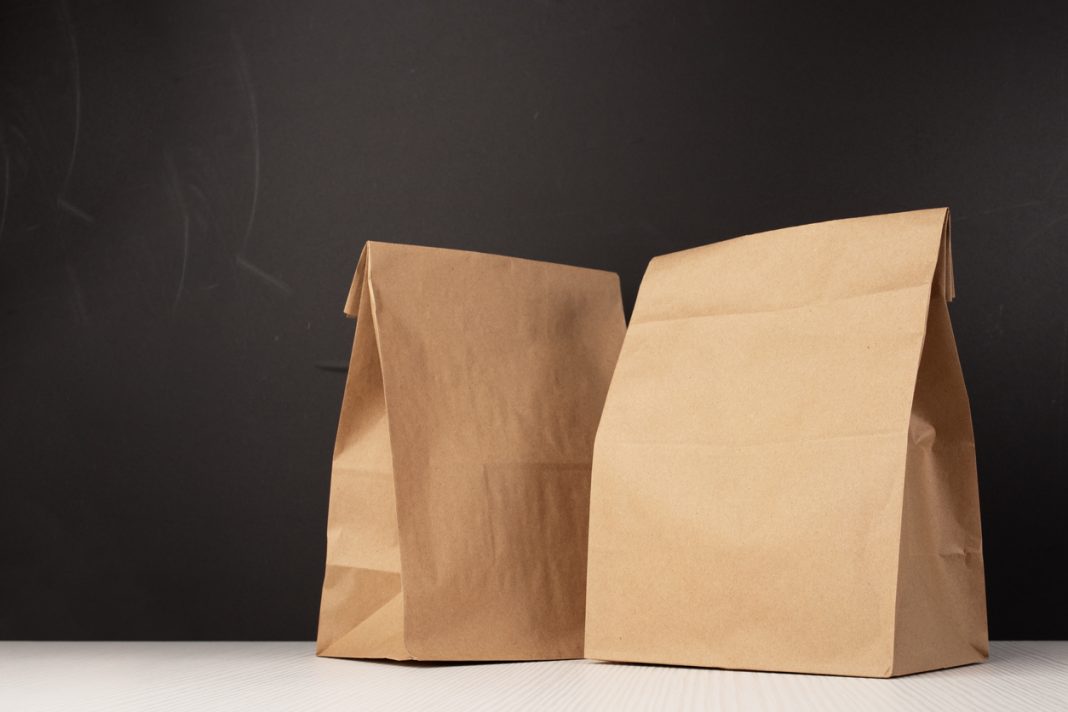As students return to school, parents are facing their own challenge- what to pack in their child’s lunchbox. Heading to platforms like TikTok and Instagram, parents are met by videos of elaborate bento boxes and aesthetic offerings, but the Federation of Canteens in Schools (Focis) reminds parents that they don’t have to do it all.
No longer just a place for a Friday lunchtime treat, the school canteen provides healthy lunch and snack options.
“We want children to be eating healthy foods every day. You can still use canteens as a treat because there are lots of healthy foods that are also treat foods. Hot dishes on a cold winter’s day which is just not going to work in a lunchbox such as a stir fry, curry or casserole, something like that can be an absolute treat and still be healthy,” says Leanne Elliston, nutritionist and chairperson of Focis.
Focis is a national organisation dedicated to promoting health and wellbeing in school through the provision of healthy food. Their goal is to see schools across the nation come together, collaborate and operate under the same healthy food guidelines.
“We want to try and encourage the states to mandate that, some states do have food and drinks policies, but they’re not necessarily mandated. We know when they are mandated, there’s that means of measurement and we can assess and find out what schools are doing well and what schools need support to provide those healthy options.”
When choosing what food should be provided, the traffic light system is commonly used. Foods from the green and yellow areas like vegetables, fruits, wholegrains, lean meats and alternatives make up the ingredients in all food provided. They don’t want to see any of the red foods available for purchase at all.

“Chips, lollies, cakes, fatty pastries, sugar-sweetened drinks with no nutritional value like soft drinks cordial and sports drinks. They would be considered unhealthy, not suitable for sale in the canteens or available for our kids to access at school.”
Children have access to treat food almost everywhere they go, Ms Elliston says that their time in school presents a unique opportunity to build healthy relationships with food.
“We have a captured audience where we can actually have an influence on supporting children to make those healthy choices by making sure that only healthy choices are available,” she says. “It also aligns with what children are learning in school when it comes to health and PE and the curriculum, they do need to learn about food, where it comes from and what it does for our body.”
Providing the foundations for mental health, Ms Elliston says access to healthy food is vital for growing children. A healthy body and healthy mind support their cognitive skills, learning abilities and can improve academic performance.
“Having those healthy options, particularly at school is fueling their day, fueling their minds and bodies to do what they need to at school and that is to learn and play. Ultimately in the long term, the more these children get used to these healthy options, the more it is going to be part of their diet.”
There has been a decline in the number of school canteens operating in the ACT since Ms Elliston began working with the system back in 2011, which is a cause for concern to the organisation. She says there are a lot of reasons why it has been happening, but it comes down to how much the role of the canteen is prioritised within the school system.
Many canteens are operated by the P&C, a voluntary position, Ms Elliston says it can be hard to organise volunteers without a strong volunteer base with business ability. No longer do many of the parents have that volunteering capacity canteens saw throughout the ‘80s and ‘90s.
“Therefore, we need to pay people to work in the canteen, we need to value the role that these canteen staff have and pay them accordingly. It’s an important role to make sure that we’re providing food to children, selecting food that meets the criteria and we’re adhering to food safety requirements and OHS and all the stuff that goes with it, it’s more than just selling food.”
If the canteen is providing only healthy options, Ms Elliston says there is no reason why a child can’t have a canteen lunch every day. It may also help those parents who struggle with the time to put together a healthy lunch box.
“If we have only healthy food and drink choices available from the canteen which is overseen through this food and drink policy… In many cases, some children will be eating better if they eat from the canteen every day compared to what they might be getting from their lunchbox, particularly if the lunchbox has the packaged processed foods,” says Ms Elliston.
The canteen can be a place for a helping hand, a place for food security says Ms Elliston.
“Sometimes children do come to school with no food and the school can support the canteen to offer emergency food for those children who don’t come to school with a lunchbox. It is about making sure that every child has the right to food at school,” she says.
Understanding that there will always be a place for the lunchbox, Ms Elliston recommends parents provide healthy foods for their children.
“You can’t go past a sandwich, a piece of fruit, a cheese stick. Maybe some healthy home-baked options as well in the lunchbox, that’s pretty affordable and straightforward to prepare.”
Find out more about the Federation of Canteens in Schools; focis.com.au
Canberra Daily is keen to hear from you about a story idea in the Canberra and surrounding region. Click here to submit a news tip.



